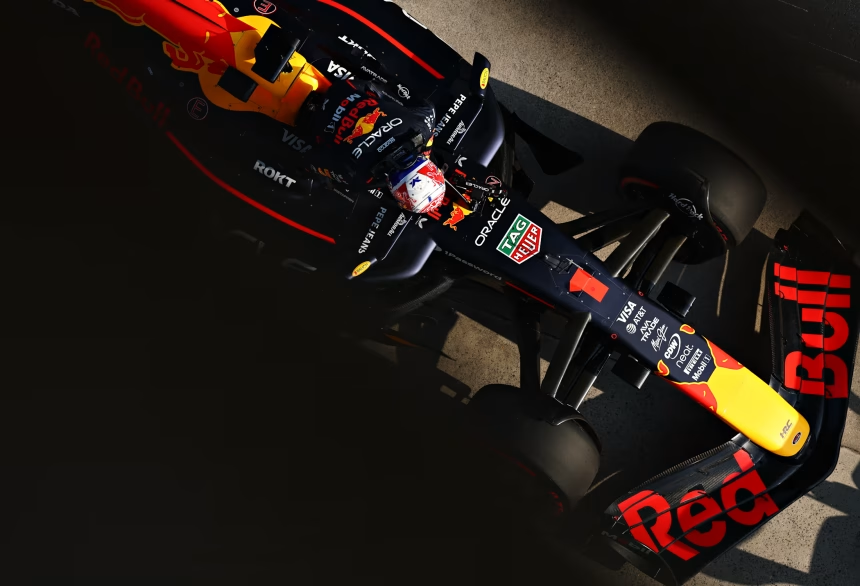2025 Formula 1 (F1) is different, traditionally viewed as a sport for engineering enthusiasts and speed aficionados, has undergone a remarkable evolution in recent years. This transformation has been driven by strategic digital initiatives, innovative storytelling, and a commitment to engaging a broader, more diverse audience. As of April 2025, F1’s efforts have not only revitalized its fan base but also set a benchmark for sports marketing in the digital age.
Embracing Digital Media: A New Era for F1
In 2017, Liberty Media acquired Formula 1 and initiated a comprehensive digital overhaul aimed at making the sport more accessible and engaging. Recognizing the shifting media consumption habits, particularly among younger demographics, F1 expanded its presence across various digital platforms. The official F1 YouTube channel, for instance, has amassed over 5.3 million subscribers, offering a mix of race highlights, behind-the-scenes content, and exclusive interviews. This approach has been instrumental in attracting a younger audience, with 31% of viewers during the Eifel Grand Prix live stream being under the age of 25.

The Netflix Effect: “Drive to Survive”
A pivotal moment in F1’s resurgence was the launch of the Netflix docuseries “Drive to Survive” in 2019. This series provided unprecedented behind-the-scenes access, delving into the personal stories, rivalries, and challenges faced by drivers and teams. By humanizing the sport, “Drive to Survive” attracted a new wave of fans, particularly in the United States, where F1 had previously struggled to gain a foothold. ESPN reported that average viewership per race exceeded 1 million in 2022, a significant increase attributed largely to the series’ popularity.
The series’ impact extended beyond viewership numbers. It diversified F1’s fan base, with notable increases in female viewership and engagement from younger audiences. The storytelling approach resonated with viewers, making the sport more relatable and less about technical jargon. Former Mercedes CEO Nick Fry emphasized the importance of narrative in sports broadcasting, stating that “Drive to Survive” was “without a doubt, the best investment Formula One has ever made.”

Social Media and Content Marketing: Building a Community
Understanding the power of social media, F1 ramped up its efforts to engage fans on platforms like Instagram, Twitter, and TikTok. By 2022, F1’s Instagram following surpassed 21 million, reflecting the success of its digital engagement strategies. The content shared ranges from race previews and highlights to interactive posts and fan polls, fostering a sense of community and participation among followers.
Moreover, F1’s content marketing strategies have been lauded for their effectiveness. By focusing on storytelling and providing value to fans, F1 has managed to keep its audience engaged year-round, not just during the racing season. This approach has been particularly effective in retaining the interest of younger fans who consume content primarily through digital channels.
Technological Innovations: Enhancing the Fan Experience
F1 has also embraced technological innovations to enhance the fan experience. The introduction of Virtual Reality (VR) and Augmented Reality (AR) features has allowed fans to immerse themselves in the world of F1 like never before. For instance, the official F1 app introduced an AR feature that enables fans to explore 3D models of cars and tracks, bringing them closer to the action. These innovations cater to the tech-savvy generation, offering interactive and immersive experiences that traditional broadcasting cannot.
Esports and Gaming: Tapping into New Audiences
Recognizing the growing popularity of esports, F1 launched the F1 Esports Series, allowing fans to compete in virtual races. This initiative not only provided an alternative form of engagement during the off-season but also attracted a demographic that might not have been traditional motorsport enthusiasts. The success of the esports series has demonstrated the potential of blending traditional sports with digital gaming to expand reach and engagement.

Challenges and Criticisms: Balancing Authenticity and Entertainment
Despite the successes, F1’s digital transformation has not been without challenges. The dramatization in “Drive to Survive” has faced criticism from some drivers and purists who argue that certain rivalries and events have been exaggerated for entertainment purposes. Lando Norris, for instance, labeled some portrayals as “fabricated nonsense with made-up scripts.” Balancing authentic representation with engaging content remains an ongoing challenge for F1 as it continues to expand its digital footprint.
The Road Ahead: Sustaining Growth and Engagement
As F1 looks to the future, sustaining the growth and engagement achieved through digital transformation will be paramount. The addition of races in key markets, such as the United States, and collaborations with luxury brands for exclusive fan experiences, indicate a commitment to expanding the sport’s global appeal. Furthermore, continuous innovation in digital content and fan engagement strategies will be essential to maintain relevance in an ever-evolving media landscape.
Conclusion
Formula 1’s strategic embrace of digital media, innovative storytelling, and technological advancements has successfully transformed its image and broadened its appeal. By focusing on the human elements of the sport, leveraging social media, and adopting new technologies, F1 has engaged a new generation of fans and set a precedent for how traditional sports can adapt and thrive in the digital era. As of April 2025, F1’s journey serves as a compelling case study in the power of digital transformation in sports.
You are bound to enjoy this: Lenovo Japanese Grand Prix 2025: Full Preview & Predictions






